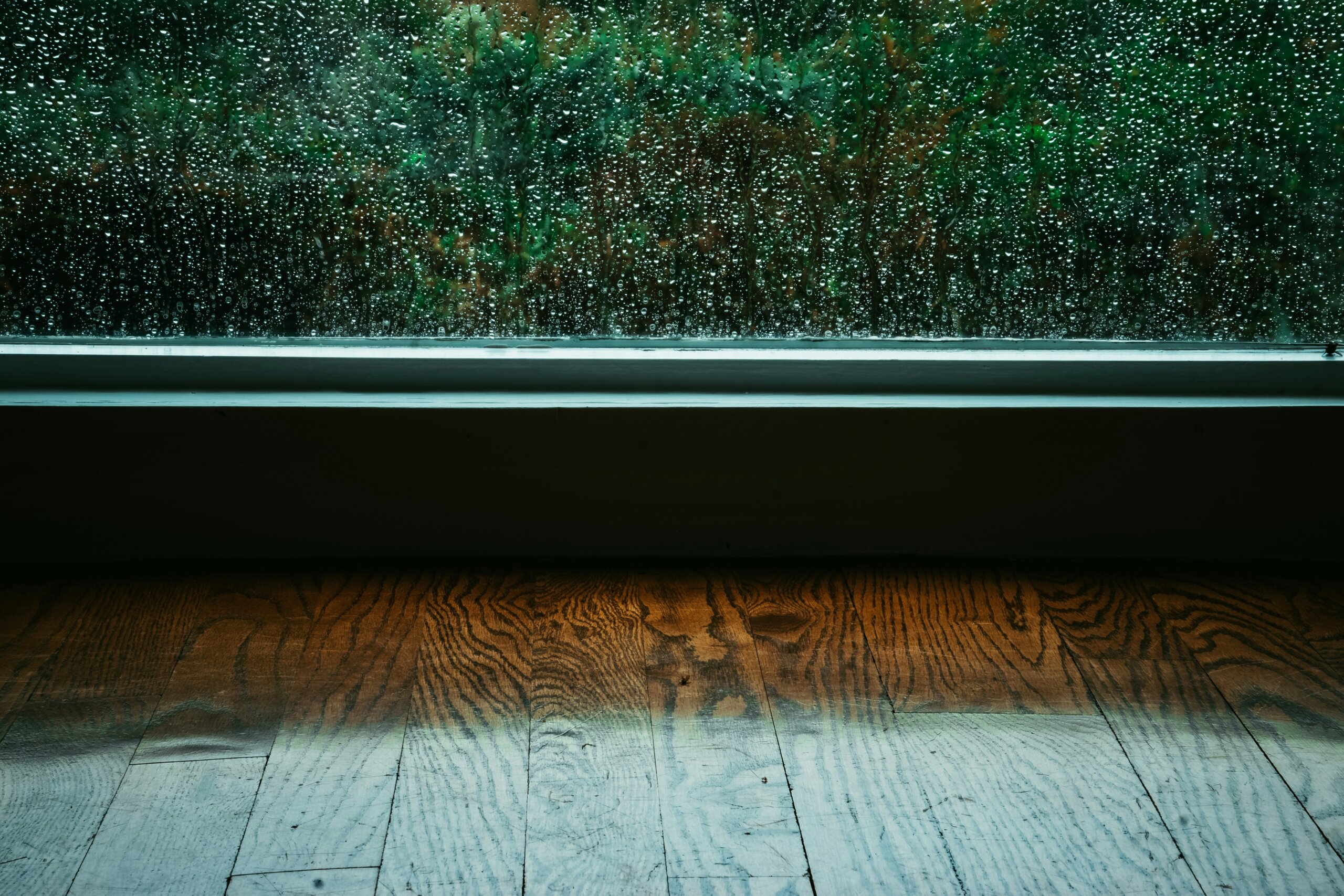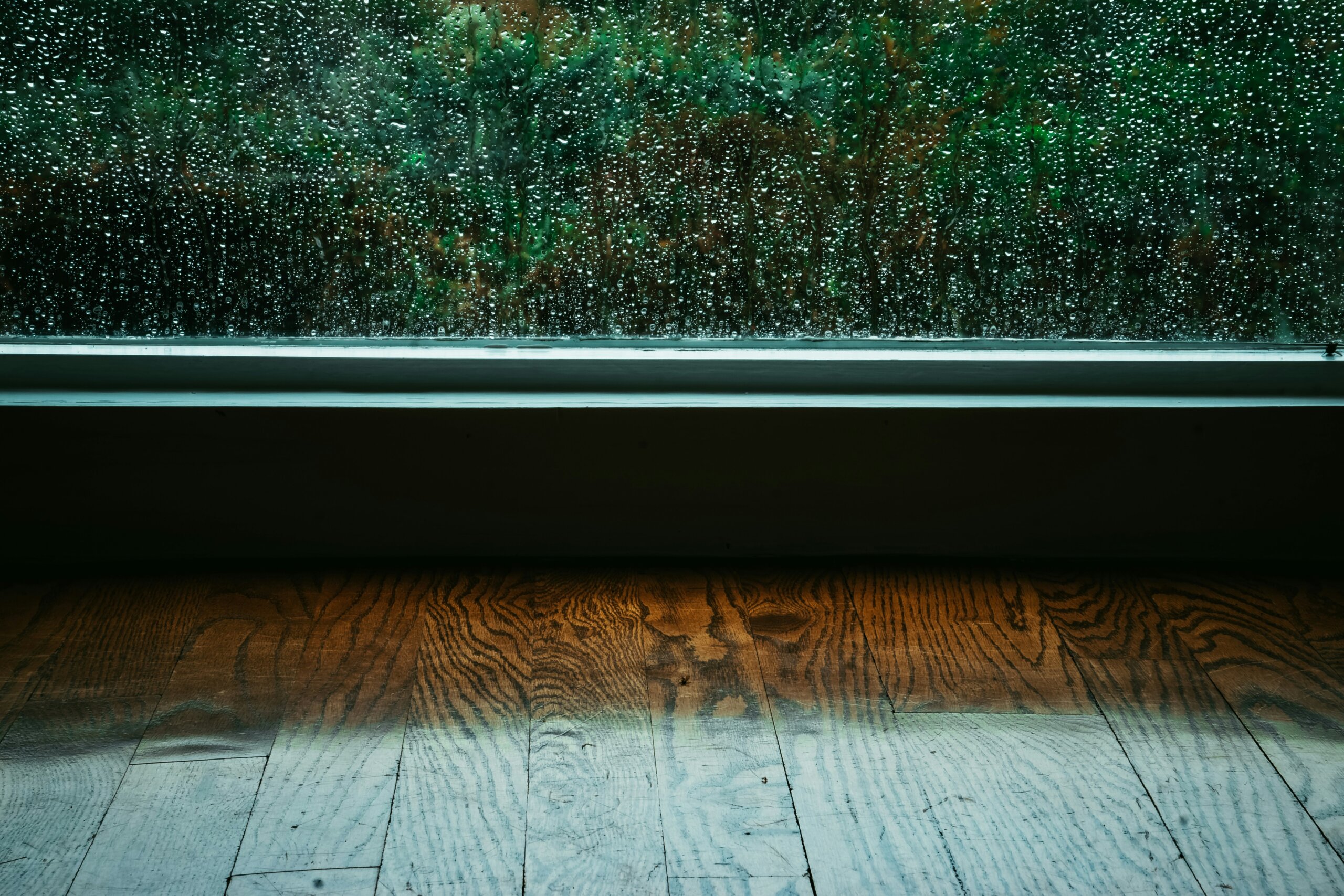
Introduction to Flooring Options
Flooring plays a crucial role in defining the aesthetics, functionality, and comfort of any living or working space. As such, the choice of flooring materials can significantly influence the overall atmosphere and performance of interior environments. Among various flooring options, laminate and PVC (polyvinyl chloride) flooring have gained popularity owing to their distinct advantages and versatility. Understanding the differences between these two materials is essential for homeowners and business owners alike when making informed decisions about flooring.
Choosing the right flooring is not merely a matter of style; it also involves practical considerations such as durability, maintenance, and suitability for specific environments. Laminate flooring, known for its attractive designs mimicking wood, stone, or other materials, is often favored due to its ease of installation and affordability. Its structure typically comprises multiple layers that contribute to a durable surface resistant to scratches and stains, making it suitable for high-traffic areas.
Conversely, PVC flooring, which encompasses luxury vinyl as well as sheet vinyl options, offers a different set of advantages. Highly resilient to moisture and wear, PVC flooring can be an ideal choice for areas prone to spills, such as kitchens and bathrooms. Its waterproof nature not only enhances longevity but also simplifies cleaning routines, making it highly practical for both residential and commercial applications.
Both laminate and PVC flooring boast significant attributes that cater to diverse needs and preferences. As this blog post explores the characteristics, benefits, and drawbacks of each type, it will provide a comprehensive overview to assist readers in navigating the myriad of flooring options available today. Ultimately, a thoughtful selection can lead to enhanced aesthetics and functional value in any space.
Understanding Laminate Flooring
Laminate flooring is an engineered product designed to imitate the appearance of natural materials such as wood, stone, or tile. It consists of multiple layers, each serving a specific purpose. The core layer, primarily made of high-density fiberboard (HDF), provides stability and strength. Above the core, a photographic layer features a high-resolution image of the desired surface, while a transparent wear layer protects this design from scratches and stains. This multi-layer composition allows laminate flooring to offer a blend of aesthetic appeal and practicality.
The manufacturing process for laminate flooring involves compression and lamination techniques. High-pressure pressing combines the various layers into a single, robust plank. This production method results in a durable flooring option that can closely resemble the characteristics of natural wood or stone, making it highly sought after for both residential and commercial settings. Many laminate products feature a clicking mechanism that simplifies installation, allowing homeowners to complete a project without extensive remodeling expertise.
One of the primary advantages of laminate flooring is its affordability compared to solid hardwood or ceramic tile options. Furthermore, it is renowned for its ease of installation, which can reduce labor costs and time spent on renovations. While laminate is resilient and can withstand moderate foot traffic, it is important to note that it is not entirely moisture-proof. Laminate flooring can swell or warp if exposed to high humidity or standing water, making it less suitable for bathrooms or areas prone to spills. Additionally, while it can resist scratches better than many other flooring types, excessive wear from pet claws or heavy furniture can still lead to visible damage.
Overall, laminate flooring is an excellent choice for individuals looking for a cost-effective, stylish, and durable flooring solution, offering a wide range of designs to suit various tastes and preferences.
Exploring PVC Flooring
PVC flooring, known for its versatility and durability, is gaining traction as an alternative to traditional flooring materials such as hardwood, tile, and carpet. Composed primarily of polyvinyl chloride, PVC flooring is available in numerous forms, most notably vinyl tiles and sheets. These variations provide consumers with ample choices for their design preferences and practical needs, making them suitable for various applications in residential and commercial environments.
The manufacturing process of PVC flooring involves the mixing of PVC resin with various additives, including plasticizers, which give the material its flexibility. Advanced techniques such as embossing and printing enable the creation of designs that mimic natural materials, offering an aesthetically pleasing option without compromising durability. This flooring is particularly noted for its water resistance, making it an excellent choice for areas prone to moisture, such as bathrooms and kitchens where spills are common.
Aside from being water-resistant, PVC flooring is also celebrated for its ease of maintenance. Regular sweeping and mopping are often sufficient to keep the surfaces clean, ensuring that it remains hygienic and visually appealing over time. Additionally, PVC flooring is softer underfoot compared to harder materials, which enhances comfort, especially in homes where individuals may be standing for extended periods.
However, PVC flooring is not without its drawbacks. One significant concern is potential fading when exposed to direct sunlight over prolonged periods. Furthermore, the environmental impact of PVC production raises questions among eco-conscious consumers, as the manufacturing process can release harmful chemicals. Despite these concerns, the numerous benefits of PVC flooring, including versatility, ease of maintenance, and comfort, make it a compelling option to consider when selecting flooring materials.
Comparative Analysis: Laminate vs. PVC Flooring
When choosing between laminate and PVC flooring, various factors must be considered to determine which option best meets individual needs and preferences. One of the primary aspects to analyze is cost. Generally, laminate flooring tends to be less expensive than its PVC counterpart, making it an attractive option for budget-conscious homeowners. However, the price can vary significantly based on the quality and design of the flooring material.
Installation methods also differ between the two types of flooring. Laminate flooring often features a click-lock system, enabling a straightforward installation process that does not require professional expertise. Conversely, PVC flooring can be somewhat more complex to install, depending on the type chosen—such as sheets, tiles, or planks—often necessitating professional help for optimal results.
Durability is another crucial factor in this comparative analysis. Laminate is known for its resistance to scratches and dents, making it suitable for high-traffic areas, but it can be susceptible to moisture damage. PVC flooring, on the other hand, is particularly prized for its water-resistant properties, making it an excellent choice for environments prone to spills or humidity, such as kitchens and bathrooms.
Maintenance requirements play a vital role in selecting flooring. Laminate flooring requires regular cleaning with gentle cleaning products, while avoiding excessive water exposure to prolong its lifespan. PVC flooring is typically easier to maintain, as it can simply be wiped down with damp cloths and cleaners, making it ideal for busy households.
Aesthetics also play a part in the choice between laminate and PVC. Though laminate provides a wide range of designs that can mimic natural wood or stone, PVC options can offer diverse patterns and colors as well, catering to various stylistic preferences. Ultimately, the choice depends on individual needs, environment compatibility, and personal preferences, ensuring that the selected flooring enhances both functionality and visual appeal.



